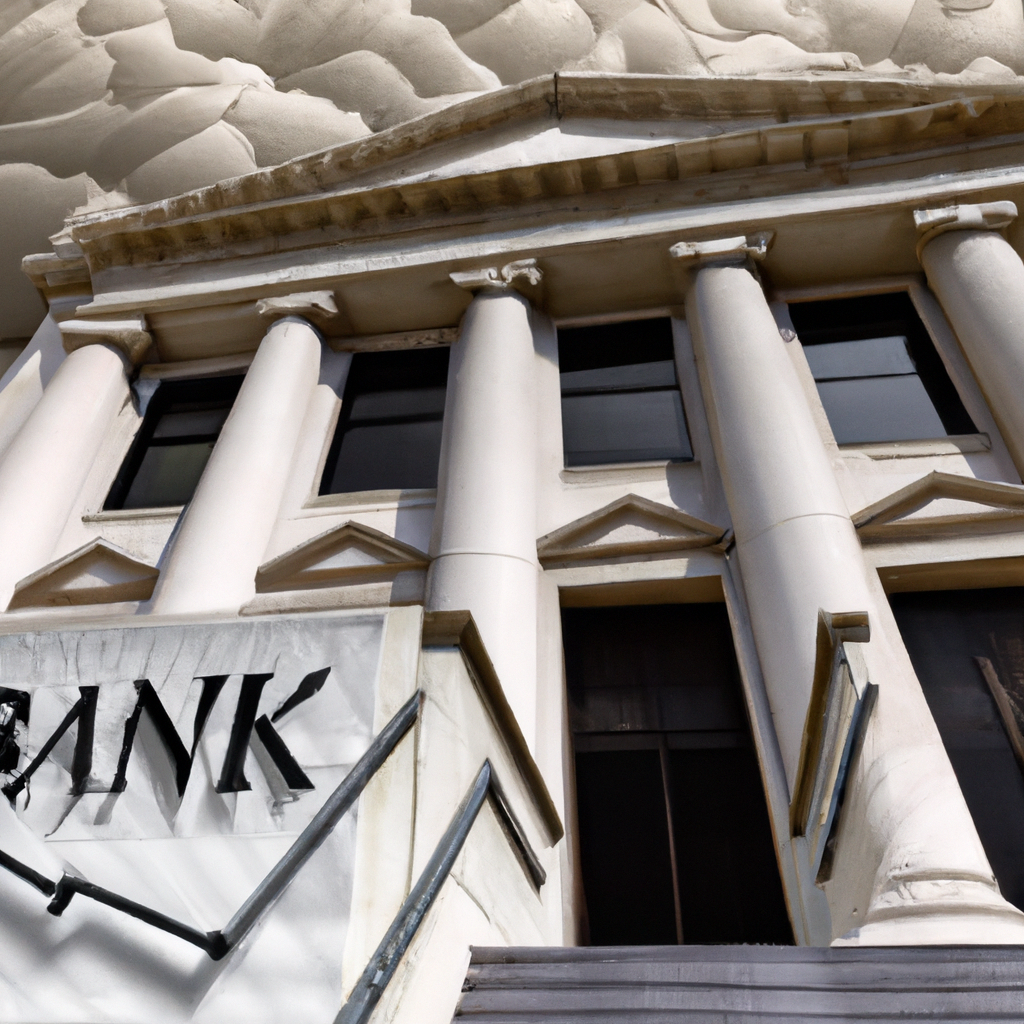As interest rates remain at their highest levels in over two decades and inflation continues to impact consumers, major banks are bracing for potential risks associated with their lending practices.
In the second quarter, JPMorgan Chase, Bank of America, Citigroup, and Wells Fargo all increased their reserves for credit losses compared to the previous quarter. These provisions represent funds that banks set aside to manage possible losses from credit risks, including non-performing loans and commercial real estate (CRE) loans.
JPMorgan designated $3.05 billion as provisions for credit losses in the second quarter, while Bank of America set aside $1.5 billion. Citigroup’s allowance for credit losses reached $21.8 billion by the end of the quarter, more than tripling its reserve build from the previous quarter, and Wells Fargo allocated $1.24 billion.
This increase in reserves reflects banks’ preparations for a challenging environment, where both secured and unsecured loans could lead to significant losses. A recent report from the New York Federal Reserve revealed that Americans owe a combined total of $17.7 trillion in various consumer loans, including student and mortgage debts.
Additionally, credit card usage and delinquency rates are climbing as consumers deplete their pandemic savings and increasingly rely on credit. Credit card balances topped $1.02 trillion in the first quarter of this year, marking the second consecutive quarter exceeding the trillion-dollar threshold, according to TransUnion. Moreover, the commercial real estate sector remains under scrutiny.
Brian Mulberry, a client portfolio manager at Zacks Investment Management, noted that the banking sector is still recovering from the COVID-19 pandemic, particularly due to the stimulus measures that supported consumers.
However, potential challenges for banks may become evident in the coming months. Mark Narron, a senior director at Fitch Ratings’ Financial Institutions Group, explained that current provisions do not necessarily indicate recent credit quality but instead represent banks’ expectations for future developments.
“We’ve transitioned from a system where rising loan defaults prompted increased provisions to one where macroeconomic forecasts drive provisioning,” Narron commented.
In the short term, banks foresee slowing economic growth, a rising unemployment rate, and two anticipated interest rate cuts later this year. This scenario could result in heightened delinquencies and defaults towards the end of the year.
Citigroup’s CFO, Mark Mason, pointed out that warning signs in credit quality are more prevalent among lower-income consumers, who have seen their savings diminish since the pandemic’s outset.
“Although the overall U.S. consumer remains resilient, we observe a divergence in performance along income and credit score lines,” Mason stated during a recent analyst call.
He highlighted that only the highest income quartile has maintained savings above pre-pandemic levels, and those with FICO scores over 740 are driving spending growth and consistent payment rates. Conversely, consumers with lower credit scores are experiencing significant declines in payment rates and borrowing more amidst high inflation and interest rates.
The Federal Reserve currently holds interest rates at a 23-year high of 5.25-5.5%, waiting for inflation metrics to align with its 2% target before implementing expected rate cuts.
Despite the banks’ preparations for increased defaults later this year, Mulberry emphasizes that defaults are not yet rising to a level indicative of a consumer crisis. He is particularly attentive to the divide between homeowners and renters during the pandemic.
“Although rates have risen significantly, homeowners secured low fixed rates on their debts and are largely unaffected,” Mulberry explained. “Renters, on the other hand, missed that opportunity.”
With rental prices surging over 30% nationally from 2019 to 2023 and grocery costs rising by 25%, renters who did not lock in affordable rates are facing heightened financial strain.
For now, the main takeaway from the recent earnings reports is that there have been no major developments concerning asset quality. Strong revenues, profits, and robust net interest income remain positive signals for the banking sector.
“There’s resilience within the banking sector that may not have been entirely expected, but it is reassuring to note that the financial system remains robust at this time,” Mulberry concluded. “However, we are closely monitoring the situation since prolonged high interest rates could induce more stress.”
